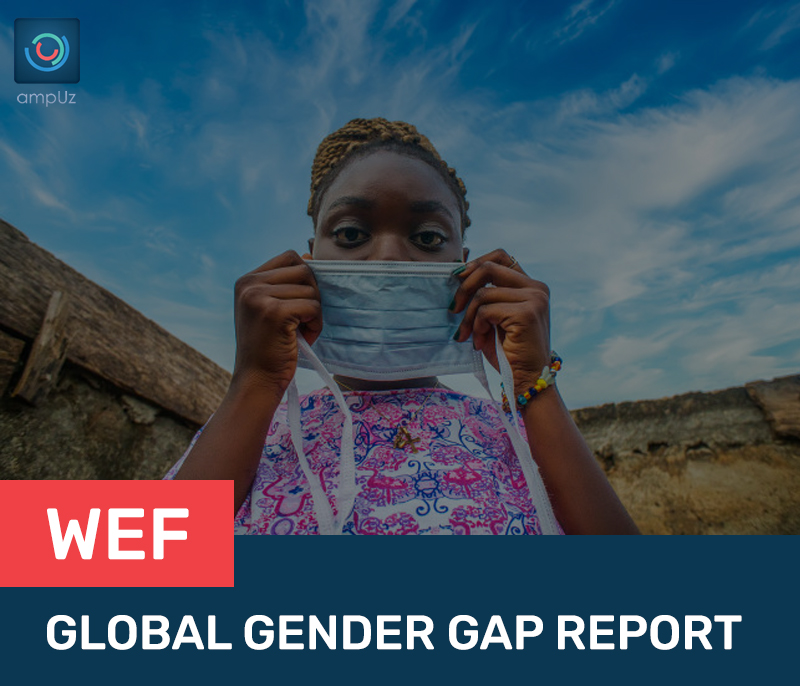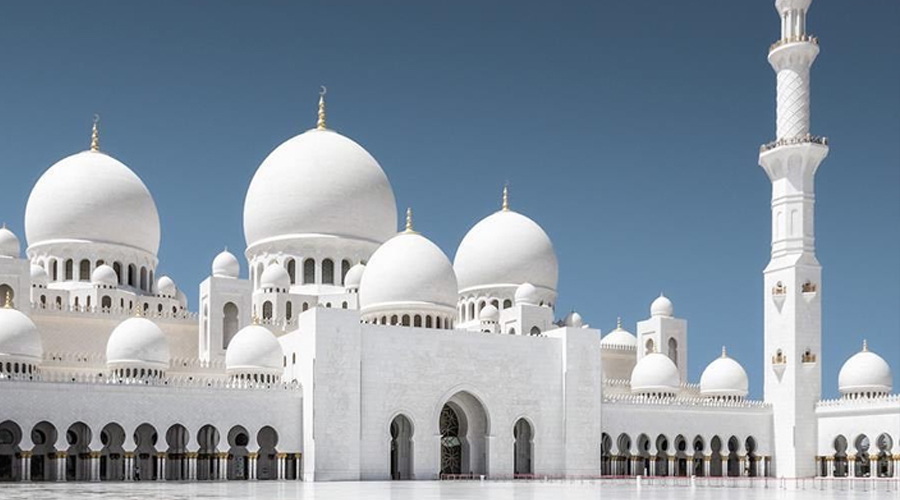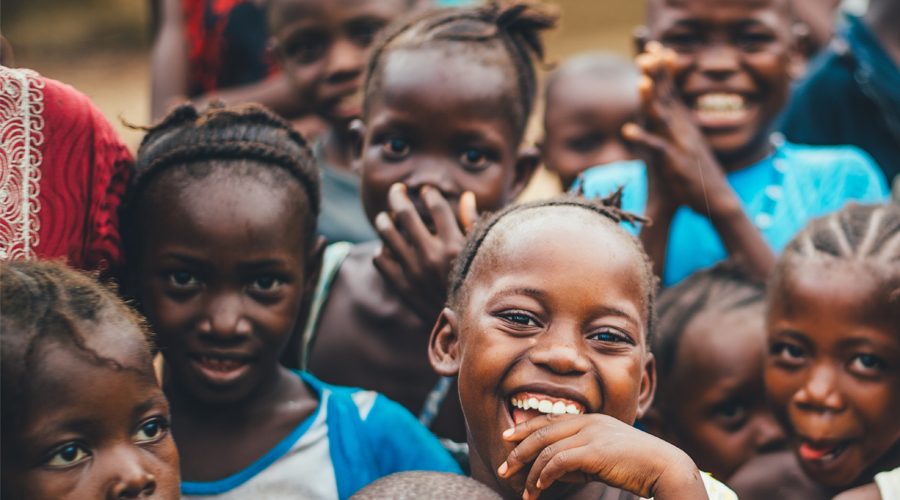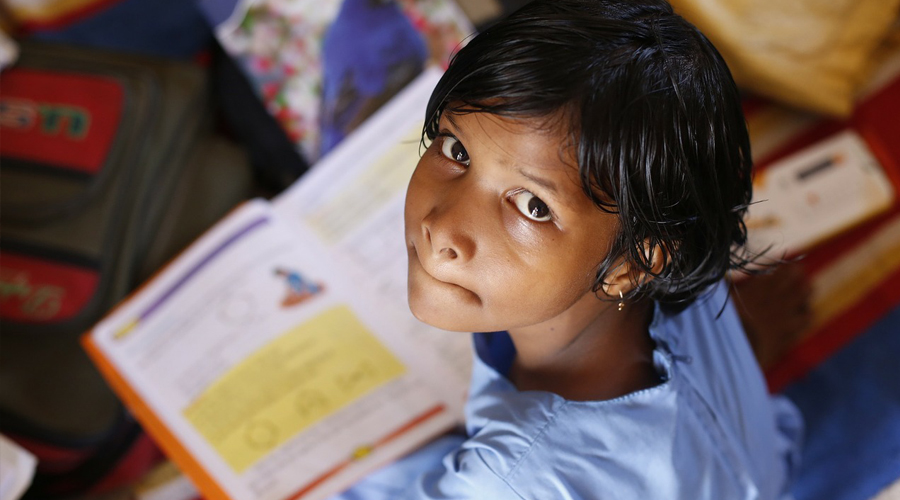
Ten Highlights from the WEF Global Gender Index Report
10 Insights from the WEF Global Gender Gap Report
“Gender Equality is a Fundamental Human Right’
As a part of ampUz’s commitment to demystifying complex SDG related challenges it has summarized ten key insights taken from the World Economic Forum’s Global Gender Gap Report. ampUz’s purpose is to help businesses, government entities, and foundations make progress on the sustainable development goals and warn stakeholders of the implications on humanity if they are not achieved.
The Global Gender Gap Report, which shares results from the gender gap index, was designed by the World Economic Forum (WEF) in 2016 to measure gender equality across 156 countries. It is through the index, we understand the human development costs of not engaging women in the economic, political, and social dimensions of society.
The methodology applied by WEF to measure progress has been developed in a way where bias or advantage to more developed ‘richer’ countries compared to less developed ‘poorer countries’ in the scoring process is removed.
‘The index is designed to “measure gender-based gaps in access to resources and opportunities in countries rather than the actual level of the available resources and opportunities in those countries.”
The gender gap is divided between four criteria to assess women’s participation in society and is referenced as ‘subindexes: political empowerment, economic participation and opportunities, education attainment, and health and survival. The “best” subindex represents the one with the least gender gap, also called the “lowest” gender gap, while the “worst” represent the most significant gender gap, also called the “biggest” gender gap. Highlights are based on country-level progress made based on the index’s findings.
- 101 of the 149 countries covered both this year and last have increased scores positively, coming closer to filling the gender gap.
- The remaining gap globally to achieve gender parity is 32.3%.
- At the current pace, the overall global gender gap will close in 135.6 years.
- The Middle East region has the most significant gender gap while western Europe has the smallest.
- This year’s top ten countries in all four criteria are Iceland, Norway, Finland, Sweden, New Zealand, Namibia, Rwanda, Lithuania, Ireland, and Switzerland. As one can see, the Nordic countries continue to enjoy a dominating presence within the top 10 countries.
- Political Empowerment subindex remains the largest gap despite having the highest level of improvement. This subindex assesses women’s political representation as heads of state, members of parliament and ministries, especially at senior levels. The number of women in ministry level positions has decreased from the previous year.
 The UAE is the most improved country under the political empowerment subindex, moving from 22.5% of women in parliament to 50%. These advancements in political participation is a significant contributing factor in the UAE, catapulting from 120 to 72 in the global rankings.
The UAE is the most improved country under the political empowerment subindex, moving from 22.5% of women in parliament to 50%. These advancements in political participation is a significant contributing factor in the UAE, catapulting from 120 to 72 in the global rankings. Economic Participation and Opportunity is the second-largest gap. This subindex shows minimum improvement, with only 58.3% of the gap closed, primarily due to the underrepresentation of women in the labour market and unpaid domestic labour. Women are simply not represented equally, especially in senior positions and managerial roles. This situation has been compounded with the Covid-19 pandemic that disproportionately affected industries that are high employers of women, for example, retail, travel, and tourism. In parallel, companies that contribute to digitalization thrived and will continue to do so. These companies also happen to have significantly lower rates of female employees. Therefore, emphasizing the need to accelerate women’s participation in disruptive technology, i.e. computing, data and product developments.
Economic Participation and Opportunity is the second-largest gap. This subindex shows minimum improvement, with only 58.3% of the gap closed, primarily due to the underrepresentation of women in the labour market and unpaid domestic labour. Women are simply not represented equally, especially in senior positions and managerial roles. This situation has been compounded with the Covid-19 pandemic that disproportionately affected industries that are high employers of women, for example, retail, travel, and tourism. In parallel, companies that contribute to digitalization thrived and will continue to do so. These companies also happen to have significantly lower rates of female employees. Therefore, emphasizing the need to accelerate women’s participation in disruptive technology, i.e. computing, data and product developments. Educational attainment is the subindex with the lowest gender gap this year, compared to other subindexes, which means the gender disparity in terms of educational opportunities for women and men is the least. A larger proportion of girls who attend primary school attend higher education as compared to boys world over. This tells us that when given access and opportunity, women fully excel in this space.
Educational attainment is the subindex with the lowest gender gap this year, compared to other subindexes, which means the gender disparity in terms of educational opportunities for women and men is the least. A larger proportion of girls who attend primary school attend higher education as compared to boys world over. This tells us that when given access and opportunity, women fully excel in this space.- The health and survival subindex is the second-best gender subindex in 2021, which measures access to healthcare and better life expectancy rates between men and women. Except for populous countries such as China, India, Pakistan, and Azerbaijan (with less than 94% scores), all other countries have at least 93% gaps closed, with 56 countries already achieving full parity.
Based on these ten insights from the global gender gap report, we can see that the world is making headway in closing the gender gaps in the education and healthcare sectors. However, accelerated efforts need to be made to enhance political participation and economic inclusiveness for women. We have wiped two years of progress in filling the gender gap – mainly due to the Covid pandemic, a lack of political will to engage more women, and not enough workplace environments that effectively create inclusion and growth opportunities for women.
We all need to do better.
Resources:
1. Global Gender Gap Report 2021 Insight Report

 The
The 
